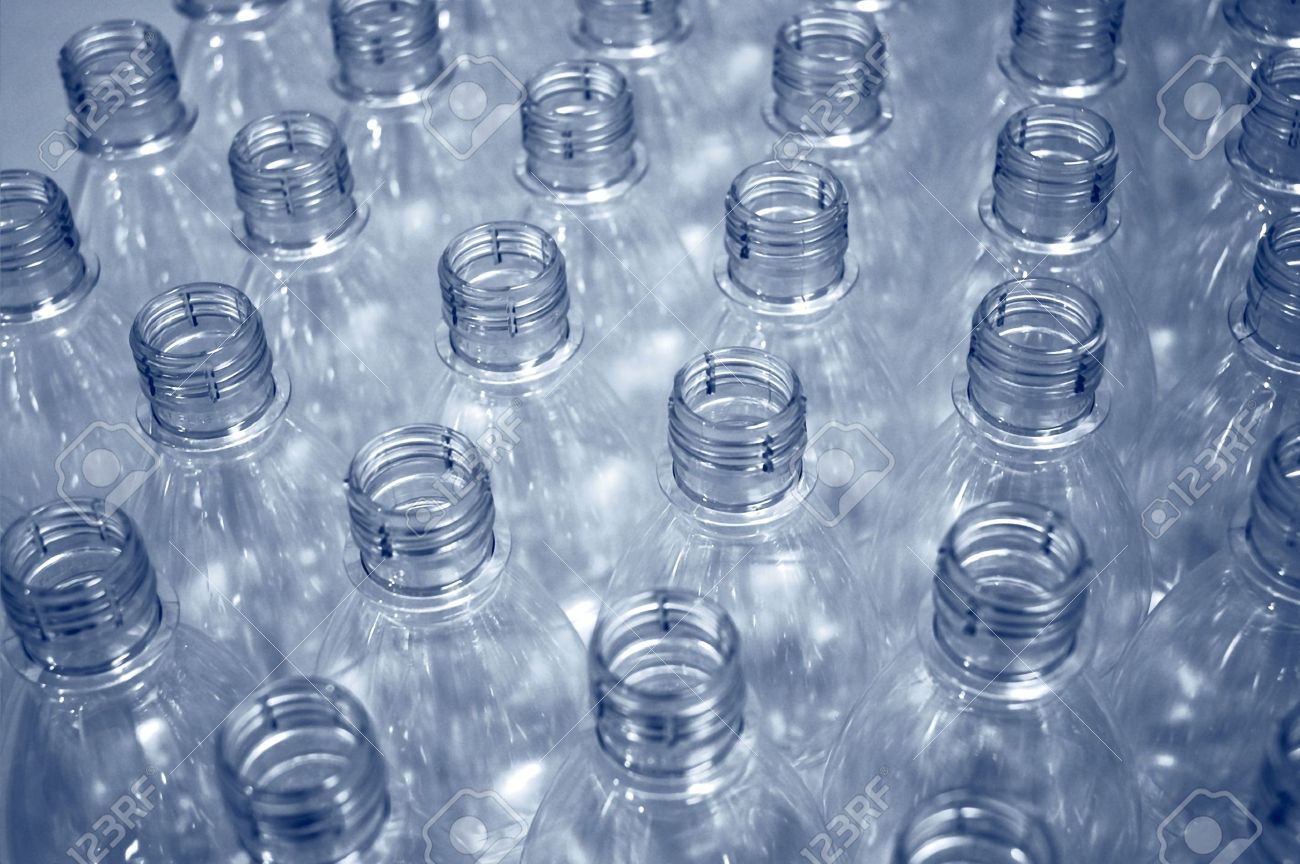Future plastics could be made out of sugar and carbon dioxide, making them harmless to the environment
09/21/2017 / By Tim Wesley

The future looks brighter as researchers have discovered a way to create plastic that’s not harmful to nature. Scientists from the Centre of Sustainable Chemical Technologies (CSCT) at the University of Bath has successfully created a plastic material that doesn’t use highly toxic substances that could pose problems not only to the environment but also to our health. This biodegradable plastic will be made from sugar and carbon dioxide instead of crude oil and bisphenol-A (BPA) — a material banned from use in baby bottles — and phosgene, a highly toxic chemical that was even used as a weapon in World War I.
“With an ever-growing population, there is an increasing demand for plastics. This new plastic is a renewable alternative to fossil-fuel based polymers, potentially inexpensive, and, because it is biodegradable, will not contribute to growing ocean and landfill waste,” said Dr. Antoine Buchard, Whorrod Research Fellow in the University’s Department of Chemistry. “Our process uses carbon dioxide instead of the highly toxic chemical phosgene, and produces a plastic that is free from BPA, so not only is the plastic safer, but the manufacture process is cleaner too.”
BPA is dangerous because it can be absorbed by the body. In fact, the U.S. Centers for Disease Control and Prevention reported that 93 percent of people were found to have detectable levels of BPA in their urine. In the same way, phthalates, used as plasticizers in vinyl flooring, food packaging, medical devices, and wall coverings, were detected in eight out of every 10 babies and nearly all adults. These binding agents that make plastics flexible have been linked to asthma, attention-deficit hyperactivity disorder, breast cancer, type-2 diabetes, and obesity. It’s also believed to cause low IQ, and autism spectrum disorders along with male fertility, behavioral, and neurodevelopmental issues.
The problem is, it’s hard to get away from this substance. Phthalates are everywhere and they pose real health concerns. They are used in practically everything from baby bottles to vinyl flooring to personal care products, household cleaners, and even fragrances.
The new polycarbonate — made from sugar and carbon dioxide — will be made using a process that utilizes low pressure dynamics and room temperature so that the material can be made cheaper and safer. What’s great about this biodegradable plastic is it can be returned to nature with the help of enzymes from soil bacteria. That means, plastic made from this polycarbonate won’t sit in dumps or float in the ocean or get ingested by whales and other sea creatures.
Additionally, this is bio-compatible, which means it can be used for medical purposes. It can be utilized for medical implants or as support for replacement organs for people who require transplants. The researchers took inspiration from nature when creating this impressive material. Using the sugar found in DNA — thymidine — as a building block for the polycarbonate. “Thymidine is one of the units that makes up DNA. Because it is already present in the body, it means this plastic will be bio-compatible and can be used safely for tissue engineering applications,” said one of the authors, Georgina Gregory.
What’s even more interesting is that the biodegradable plastic’s properties can be modified by making some changes to its chemical structure. For example, they can make the plastic positively charged so that it can stick to cells, making it useful for tissue engineering.
Imagine a world where plastics don’t have to be detrimental to the environment; a future where materials undergo the natural process and don’t end up clogging sewers or killing the oceans.
You can read more articles like this when you visit Environ.news.
Sources include:
Tagged Under: biodegradable plastic, BPA, chemicals, discovery, environment, green living, natural solutions, phthalates, safe polycarbonates, toxic chemicals
RECENT NEWS & ARTICLES
COPYRIGHT © 2017 ENVIRON NEWS




















